On my layout, I am adding a row of 10 operating accessories: nos. 164 log loader, 175 rocket launcher, 342 culvert loader, 345 culvert unloader, 352 ice depot, 397 coal loader, 445 switch tower, 456 coal ramp, 3356 horse car, and 3472 milk car. The voltage requirements will vary. I will have operating controls for each one. My two ZWs and KW are busy. What new transformer will I need? How can I wire it to have all accessories ready to go with the correct voltage for more than one visitor? – Robert Kirk, Westminster, Md.
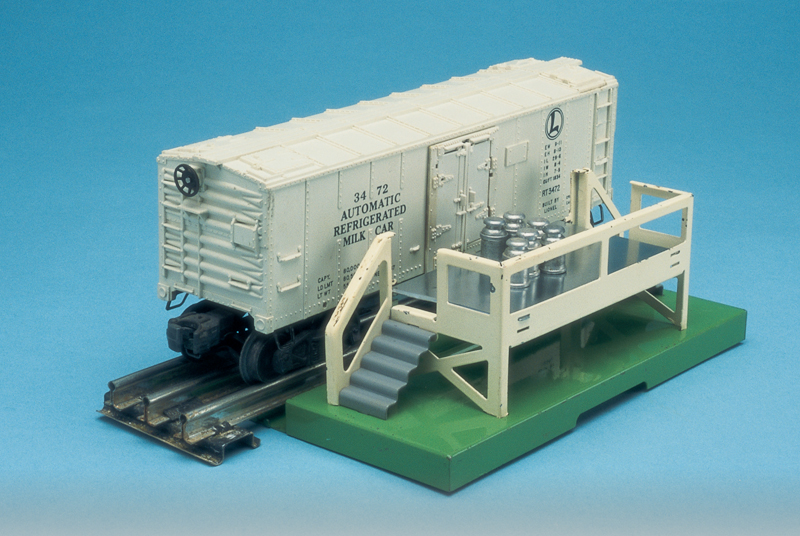
I would assume you won’t have all these running at once, although they are “ready to go.” In that case, using only one or two at the same time, you can get away with a couple of lower-wattage transformers – say 75 to 100 watts each – set at two basic voltage ranges: 9-12 and 12-15.
The 12-15 volt range could accommodate your nos. 164, 397 and 456. The 9-12 volt range, your nos. 175, 342 and 345. The voltage levels of the nos. 352, 445 and 3356 are not critical and can be wired to either transformer. The no. 3472 usually uses track voltage.
However, if you want to run them all at once -a row of spectacular accessories all performing to impress your visitors – you’ll probably need something bigger, like a 150- to 250-watt transformer with several different throttles to manually adjust to the optimum voltage.






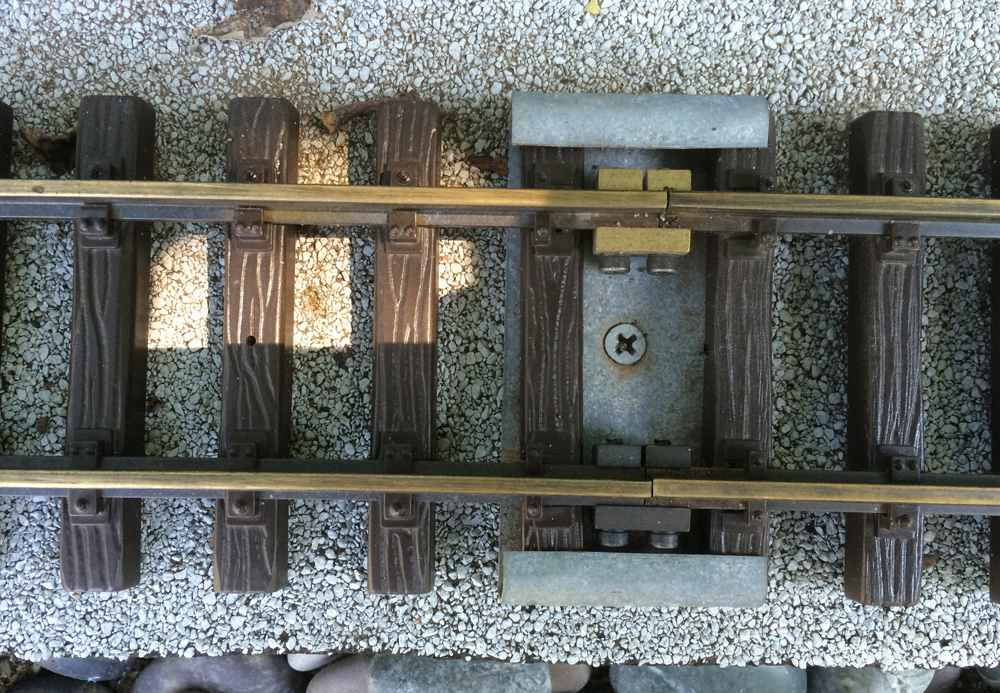
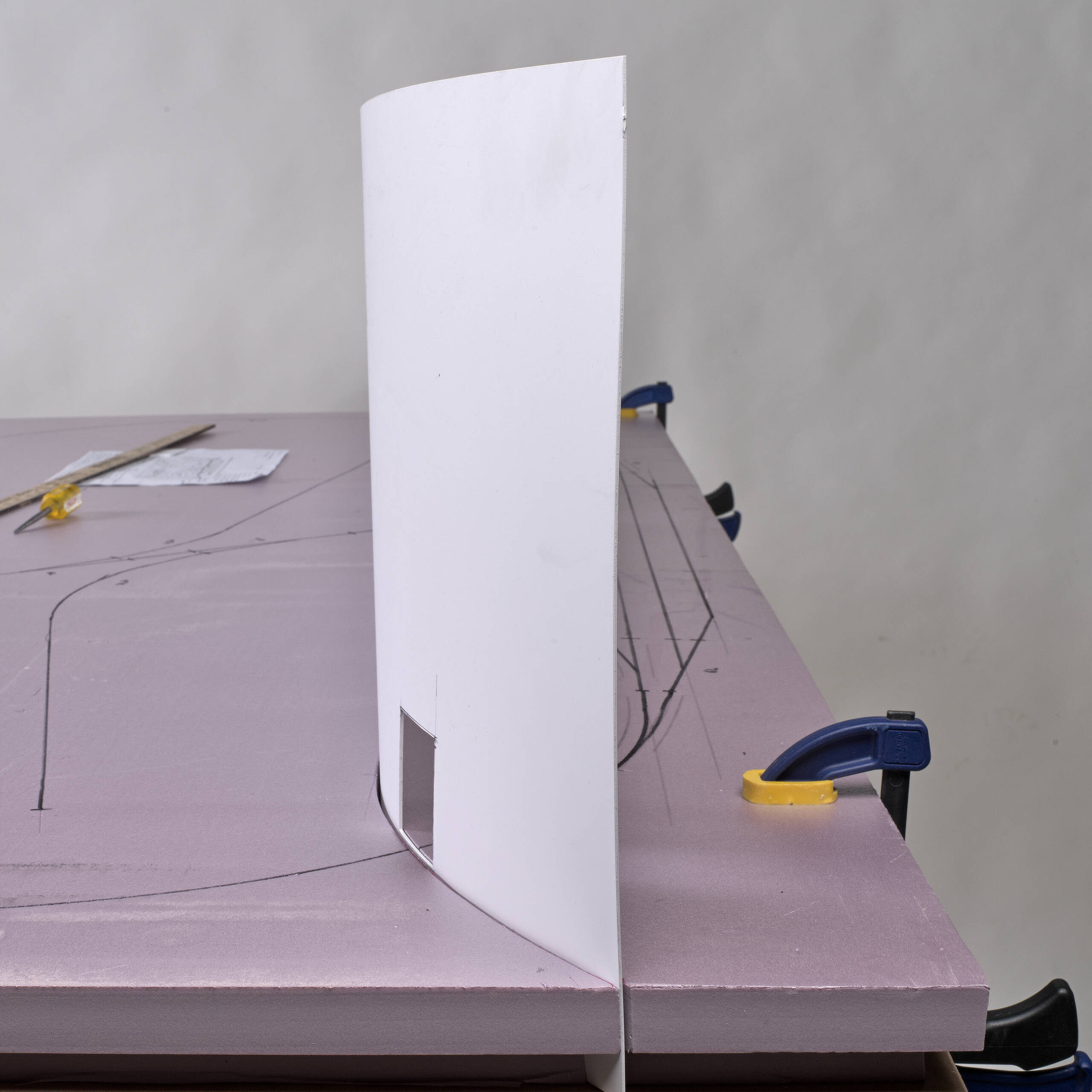
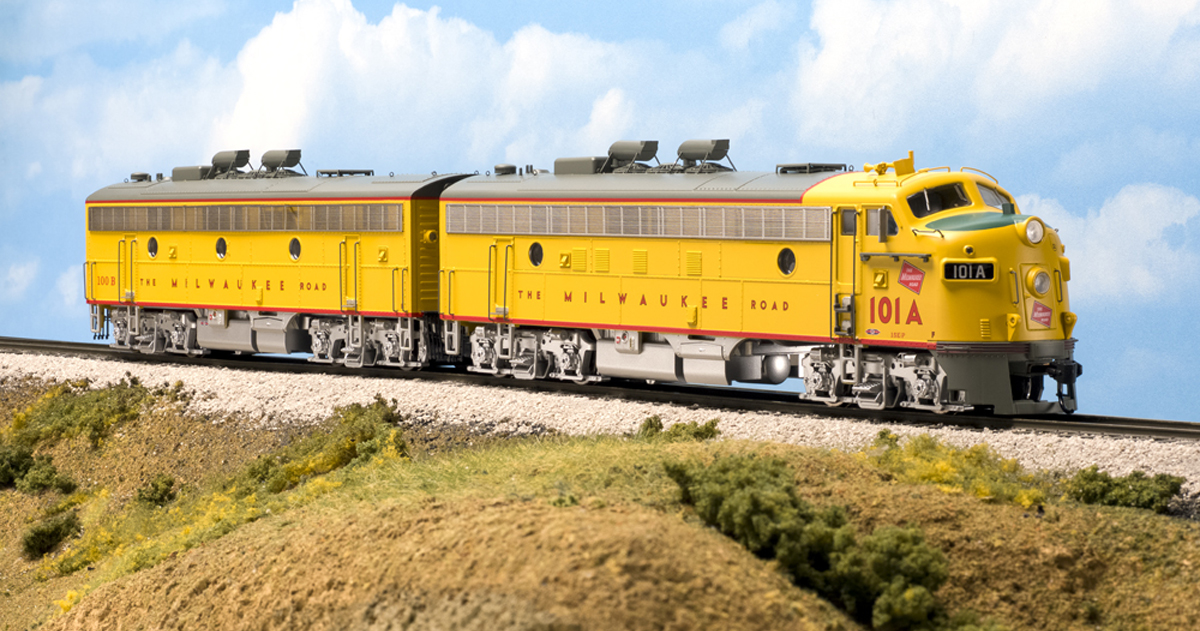
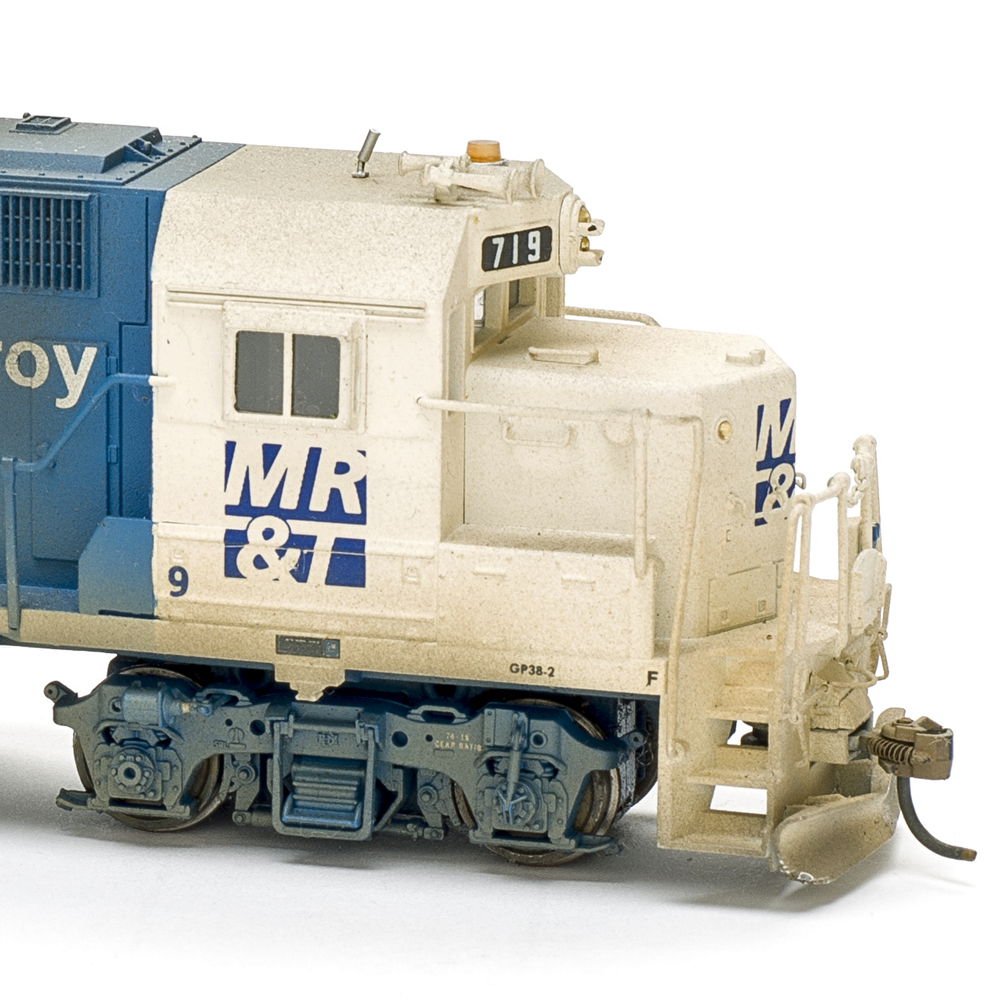
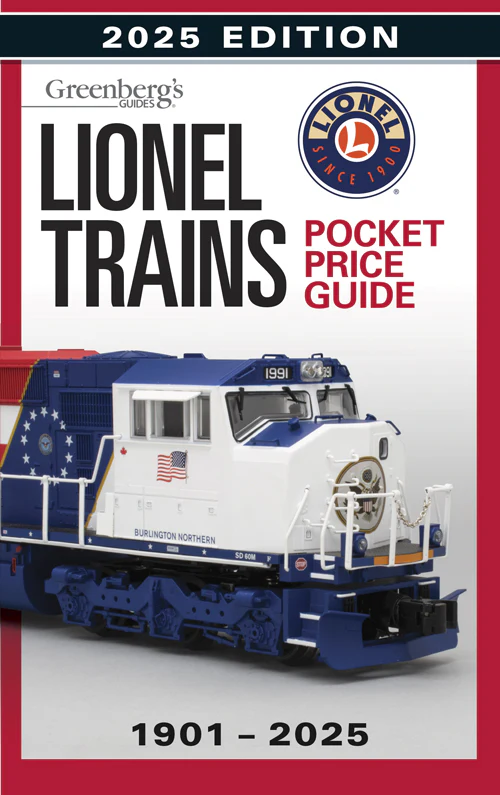
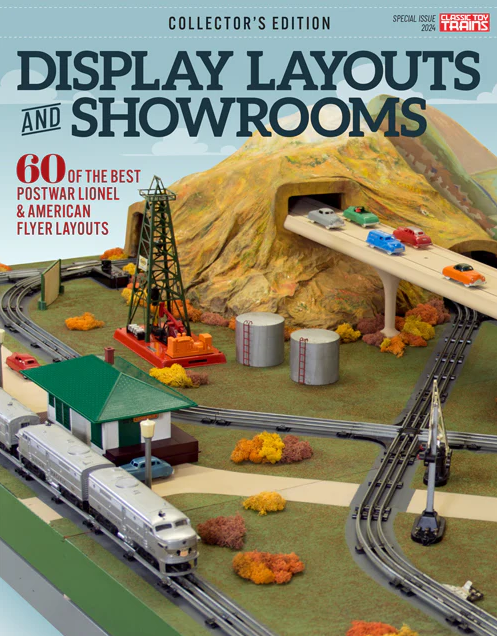
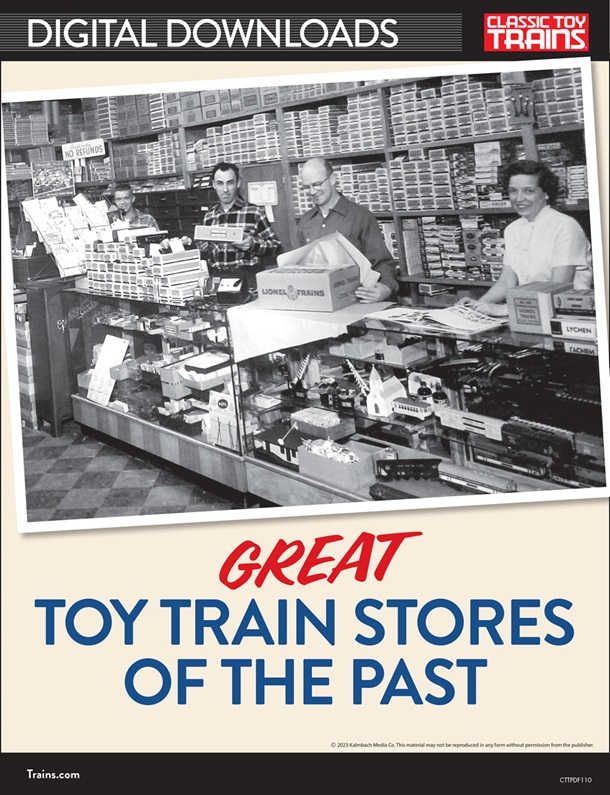

I/m in the process of wiring a 5X18 layout I will be only using Tmcc trains but my question is for accessries and lights I plan to use a ZW one post for trains one for lights one post for operating accessories such as culvert loader and unloader icing station sawmill and forklift loader plus mth gas station and car wash should I run the wires down the center of the layout or around the perimeter? My thinking is that around the perimeter would be easier Please advise I will have four wires red hot black neutral white lights and green accessories Thanks Jerry
This would seem like a great place for a pre, or post war Z. It is rated at 250 watts and has 4 separate variable voltage outputs. I have seen them for sale for under $100. If you are not experianced with what to look for in a used transformer thats maybe 70 plus years old, take it to your hobby shop for an inspection before you pay.
I'm really interested in a response some one gives to Jeff Merchant. I have the same question. I haven't found a good answer in any pubs I've been reading to find that answer, including some pubs listed at CTT.
Thanks for the help. I'm re-doing my layout and would like some advice. I'm also very new to this hobby–about 4 years.
Great comments.
i had a question about the choo choo barn dvd need address for it.
What's the best gauge to use when wiring lionel accessories? 22 gauge, I suspect. I've used 18 gauge for track wiring.
what kind of power to use
Rotary switches are ideal for this type of application. Each accessory can be wired through a contact on a switch and there can be two switches, one for each voltage range.
I am currently in the process of redoing my accessories. I can only run one at once, and if visitors are here they will only operate one at once. Supervision is the best solution to maintain the accessories. I am going to use the 1.8 amp transformer from Lionel # 6-32923. A volt meter will be attached to it to allow the operator of the accessory a direct readout. Beside each accessory button will be a label for the correct voltage to use. All power and accessory control buttons will be mounted on a pull out shelf attached to the underside of the train table. With all accessories in view I am hoping this will be enough. Just another thought.